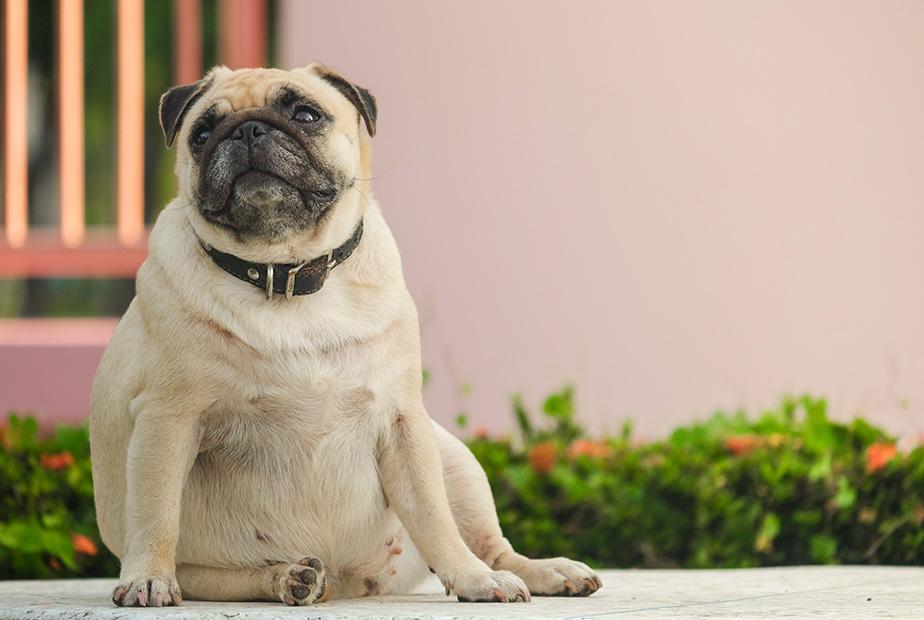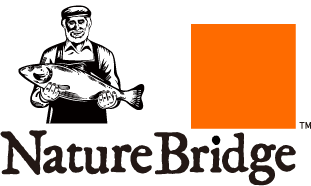
Five Simple Ways to Help Your Pets Lose Weight
Share

As pet owners, we have to provide our pets with a healthy and happy life, provide them with sufficient food, and ensure that we play with them. However, such excessive doting isn’t all you have to do to care for your special friend; you should also make it a priority that they maintain a healthy weight by incorporating exercise into their routine and curbing uncontrolled eating. Doing these will help prevent weight gain and obesity.
Pet obesity has become one of the most significant hazards affecting pet health. More than 40% of pets in the UK have symptoms of obesity. An obese pet has higher risks of developing debilitating conditions like diabetes, heatstroke, heart disease, arthritis, respiratory diseases. Overall, obesity can shorten the lifespan of your pets.
According to research, the average life span of obese pets is 1-2 years shorter than that of normal-weight pets. Of course, everyone wants their special companion to spend as many years as possible with them, and that leads to the burning question of how to determine whether your pet’s weight is healthy.
The easiest way to do this is by looking, touching, and observing your pet’s behavior. For example: Can you easily feel your pet’s ribs? If your observations lead you to believe that your pet is overweight, don’t worry too much. Below, we have outlined five practical ways to help your pet regain a healthy weight and keep them healthy and happy.
1. Replace Pet Food Suitable for Weight Loss
To begin with, you need to understand that your pet’s weight is just as important as yours. Like humans, there are two leading causes of pet obesity:
The nutritional value of the food you provide to them exceeds the energy limit that they can consume.
The pet is not exercising enough.
To counteract these factors, you must optimize the eating habits of your pets and provide them with “well-balanced” meals that meet their daily nutritional needs. Such “Complete pet food” can be dry or wet; ensure that you buy according to your pet’s needs. For example, if your animal companion is obese, buy high-protein, low-fat and low-calorie pet food for them.
However, it is worth noting that you cannot directly replace pet food entirely too quickly as such a sharp change can cause intestinal discomfort, like vomiting, diarrhea, and loss of appetite. Instead, it would be best if you made a transition to a new diet gradually. This will typically take around 5-7 days and requires careful steps like mixing the new food with your pet’s diet and progressively adding more fresh food. This process can be divided into four phases:
- Day 1: 25% of the new diet and 75% of the old diet.
- Day 3: 50% of the new diet and 50% of the old diet.
- Days 4-5: 75% of the new diet and 25% of the old diet.
- Days 6-7: 100% new diet.
2. Keep Your Pet Active
Not only do humans need exercise, but your animal friends do too! Keeping your pet fit not only helps them maintain a healthy body shape but also improves their mental health and overall well-being — a good exercise routine can keep pet anxiety away for good!
However, this doesn’t mean that you have to put your pet’s through a rigorous exercise routine. On the contrary, moderate activities performed 1-2 times a day, about 15 minutes each time, will work wonders.
The exercise intensity of cats and dogs is different. Most dogs prefer outdoor walks, swimming, and interactive games and live for the joy of being outdoors with you. On the other hand, cats more commonly prefer short-term activities, 2-3 times a day, each lasting a few minutes. Cats love to hunt and chase. Such simple games like using laser pointers and funny cat sticks to arouse interest can help keep them active and burn calories. Also, consider giving them a certain food reward after playing the game to feel that they have completed the “work” of finding food.
For obese pets, consult your veterinarian; let them check your pet and advise on pet exercises to adopt and just how much it should be as pets of different ages and breeds require different amounts of activity. Also, because excessive exercise may aggravate your pet’s condition, if they’re older or have an underlying condition, an expert would be better experienced to recommend exercises. Excessive movement will significantly aggravate conditions like joint damage, heatstroke, heart disease.
3. Reduce Your Pet’s Daily Snack Intake
If your pet eats snacks all day long, this may cause weight gain. Giving them too many snacks will destroy their appetite for staple foods and make them overweight and unhealthy. The calorie intake of pets from snacks should not exceed 10% of the total daily calorie intake. Consult a veterinarian to know how many calories your pet needs each day.
You can find out how many calories there are in a snack by looking at the label on the package. In addition, consider giving your pets fresh fruits and vegetables like carrots, cucumbers, and broccoli, instead of processed snacks.
You can also incorporate these fruits and vegetables into your pet’s daily diet to provide them with vitamins, minerals, enzymes that help food digestion and absorption, as well as antioxidants and fiber. But, never forget that cats and dogs are not vegetarians, so meat should be their staple food. Under normal circumstances, the intake of fruits and vegetables should be less than 10% of the pet’s diet.
It is also worth noting that not all fruits and vegetables are edible by pets. Some examples are onions, grapes, and garlic, which can pose a danger to your pet’s health. So, always do thorough research and speak to a veterinary before giving your pets some food.
4. Add Nutritional Supplements to Your Pet’s Daily Diet
During your pet’s weight-loss period, you can purchase some supplements that can aid the program and also help them remain healthy throughout. Some crucial supplements include:
- Glucosamine and chondroitin supplements can lessen the difficulty of exercising for your overweight or elderly dogs and help improve overall mobility.
- Fish oil: it contains fatty acids EPA and DHA that can help to regulate obesity-related hormones.
- L-carnitine: According to research, the improvement of L-carnitine helps pets lose weight as it helps them burn more fat during exercise.
- Herbal supplements: green tea, lotus leaf extract, and Cassia Seed may help fight obesity. For example, lotus leaf extract (50% ethanol) can stimulate fat burning in white adipose tissue.
5. Consult Your Veterinarian
If you find that your pet is overweight and obese, please consult your veterinarian before making any diet and life changes. They can better understand your pet’s current health and help you find the root cause of obesity. So, during the consultation, ask for a customized weight loss plan for your pet, which is more than just diet and exercise. This is especially key to finding any underlying conditions like thyroid diseases, tumors, and intestinal problems that might cause obesity.
In the process of weight loss, if you find that your pet has any discomfort, please seek medical advice promptly to avoid more serious diseases.
BOTTOMLINEAlthough your pets’ chubby stature might look cute, spoiling them too much by letting them stay inactive and constantly feeding them with high-calorie snacks every day can pose a danger to their well-being. It will significantly increase the probability of them getting sick and may also shorten their lifespan. But, of course, that is unacceptable for most pet owners; we all hope that our babies can grow up happily and healthily and have a longer life span.
For this, we interviewed Lauren, who owns two cats, Goku and Tommy. Here’s what she says about how to maintain pet weight control and a healthy lifestyle:
“My cats are outside cats. Goku spends time chasing bugs in our garden every day (running). Tommy is often walking around our estate exploring. We also use a laser pen to get them running around. The benefits are it keeps them entertained, and being outside gets them moving. Mostly we let them roam and exercise themselves in the garden. However, there are risks to pet obesity. We have recently started controlling their food. Formerly, we would let them eat as much dry food as they wanted and two packs of wet food a day. Now, we give them one pack of wet food each (half in the morning and a half in the evening), and we give them measured amounts of dry food. We do not make homemade food. They like fish foods in the morning and chicken or beef in the evening.”
